Back to Courses
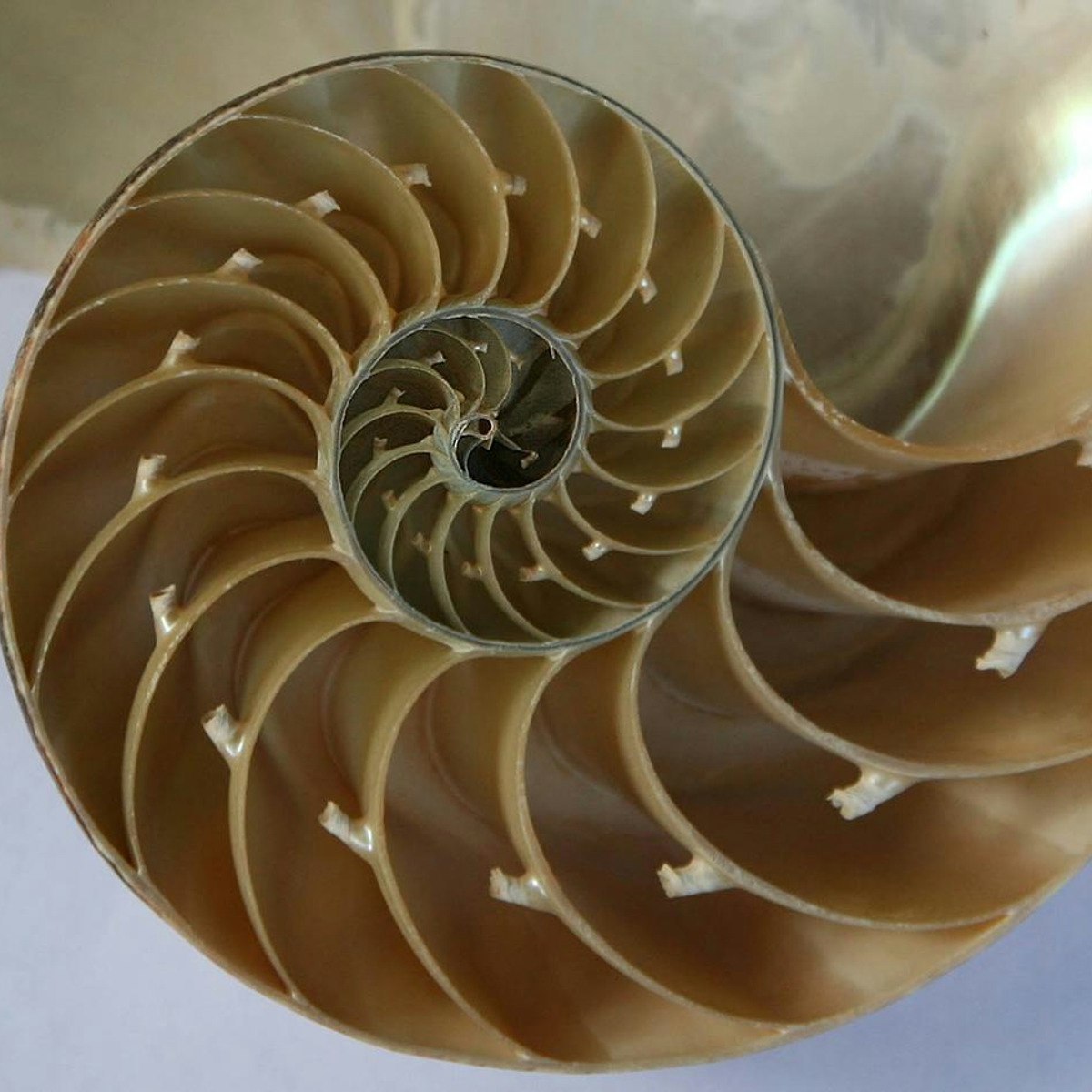
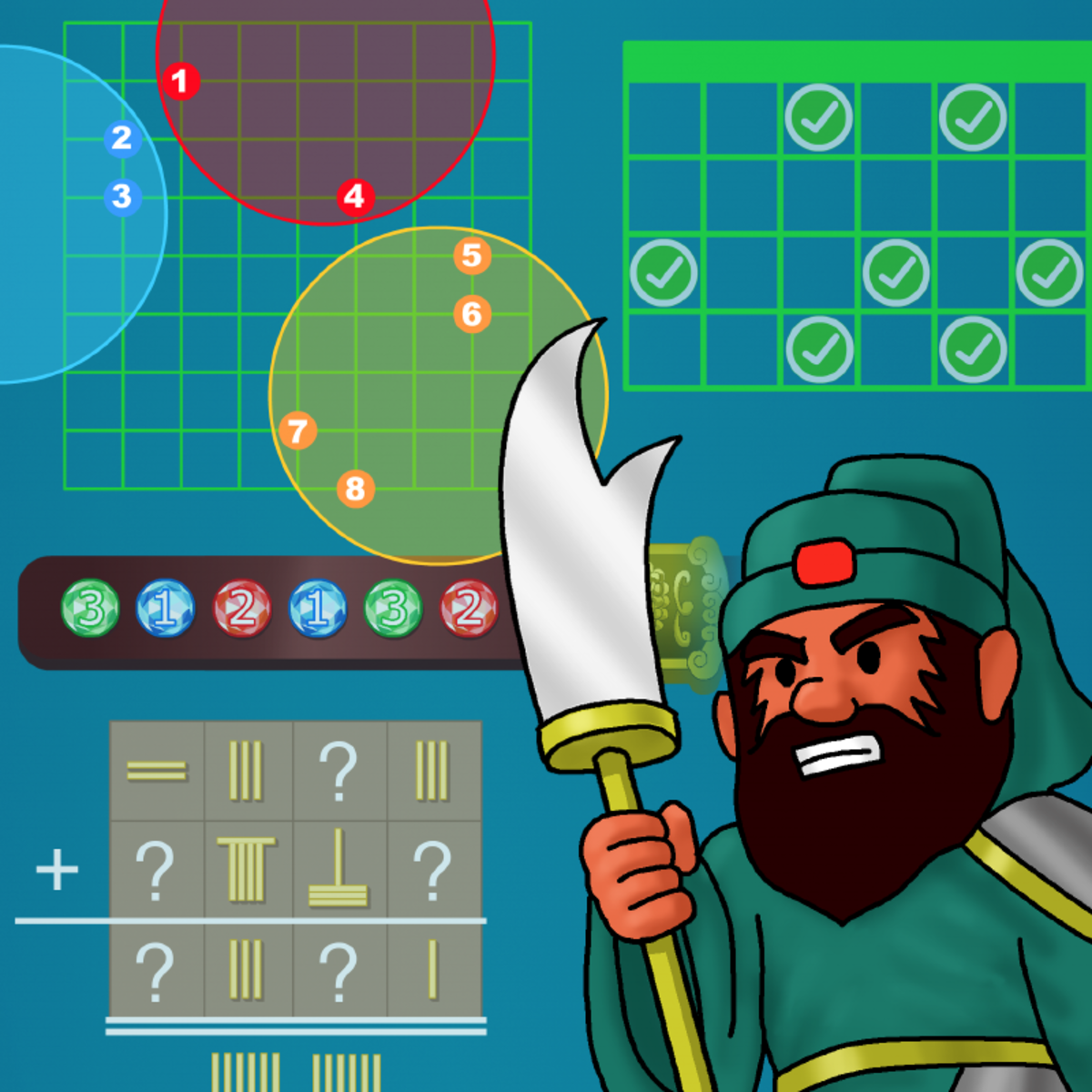



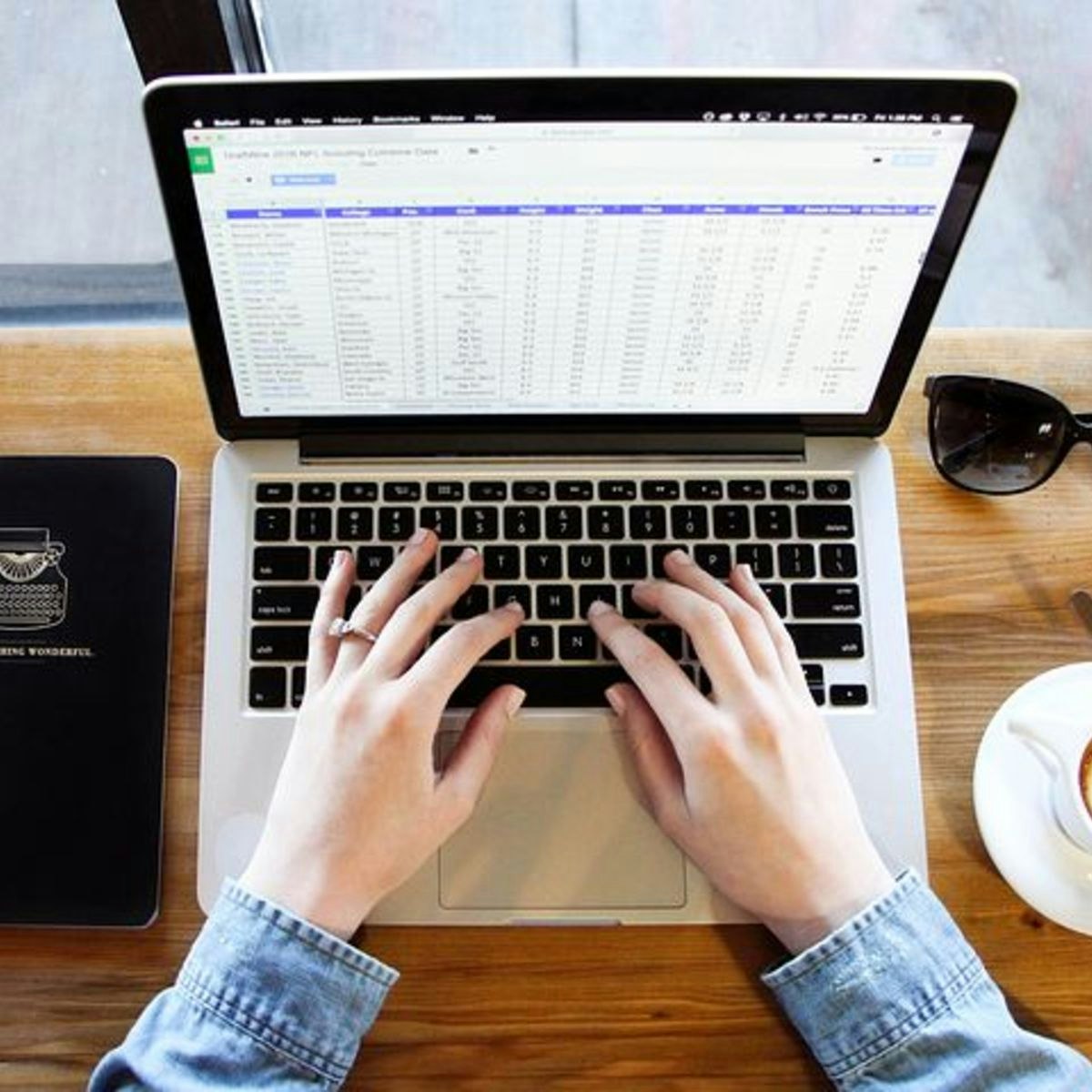
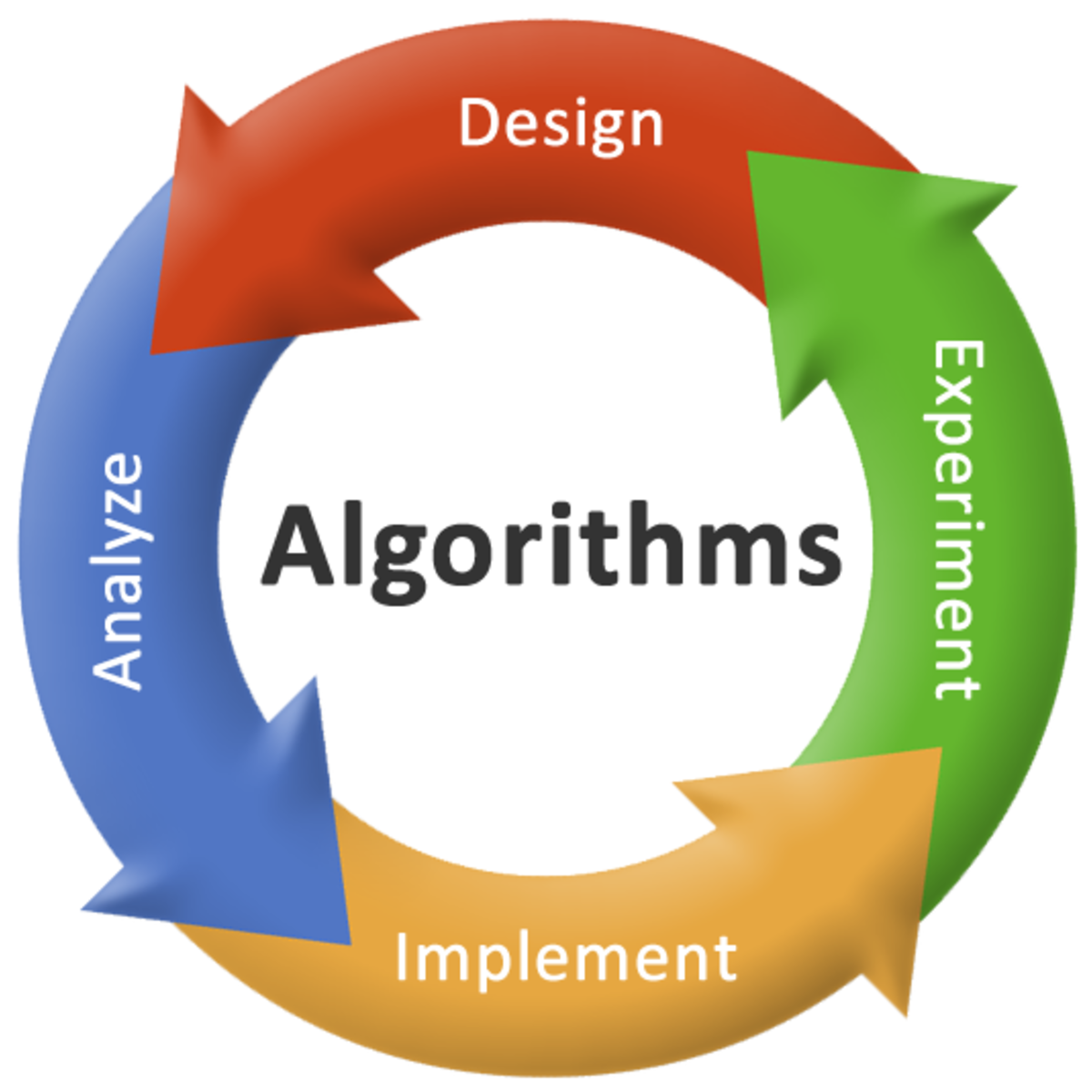
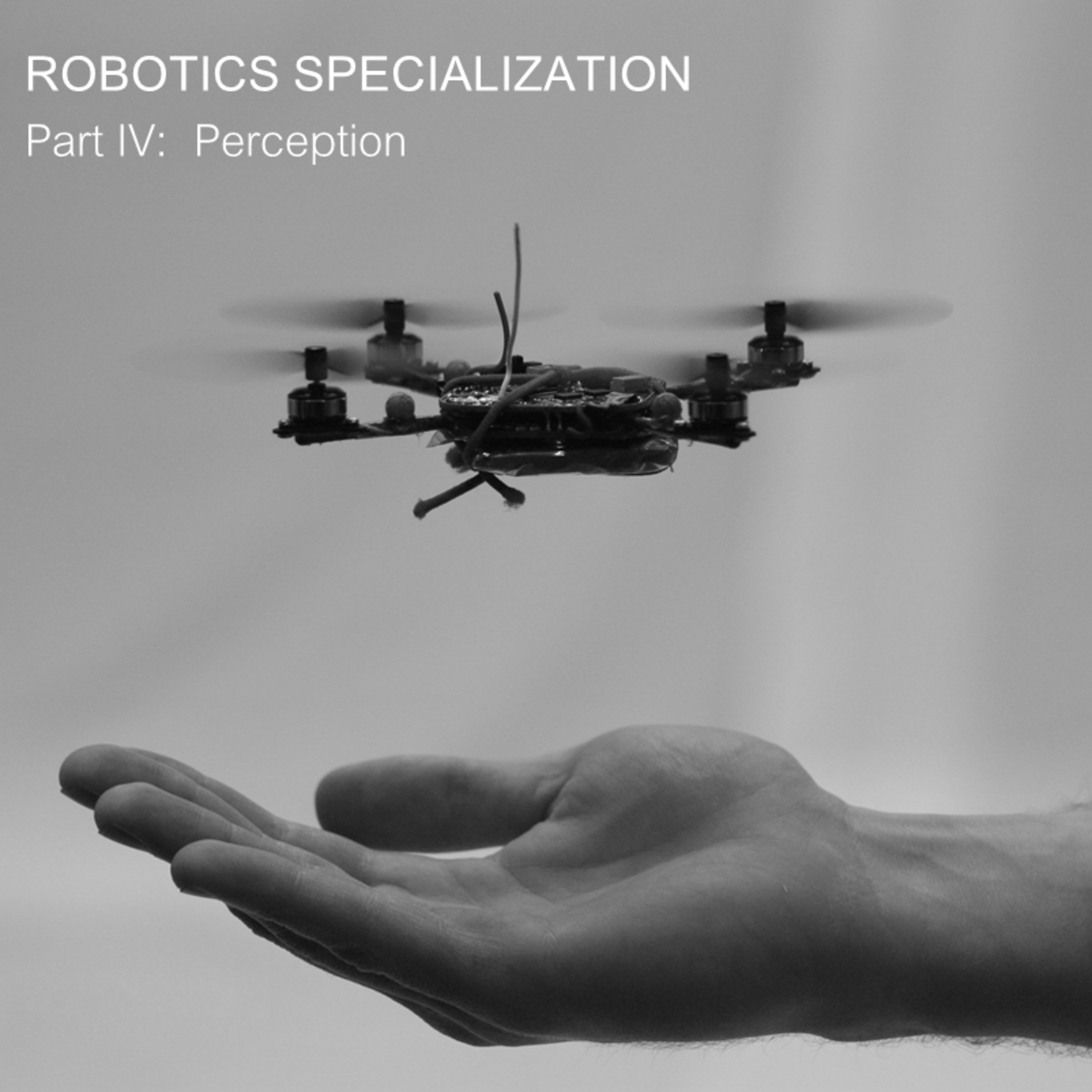

Math And Logic Courses - Page 11
Showing results 101-110 of 148

Differential Equations Part III Systems of Equations
This introductory courses on (Ordinary) Differential Equations are mainly for the people, who need differential equations mostly for the practical use in their own fields. So we try to provide basic terminologies, concepts, and methods of solving various types of differential equations as well as a rudimentary but indispensable knowledge of the underlying theory and some related applications.
The prerequisites of the courses is one- or two- semester calculus course and some exposure to the elementary theory of matrices like determinants, Cramer’s Rule for solving linear systems of equations, eigenvalues and eigenvectors.
Table of Contents
Differential Equations Part I Basic Theory
Chapter 1 Introduction
Chapter 2 First Order Differential Equations
Chapter 3 Mathematical Modelling and Applications
Chapter 4 Linear Second Order Equations
Chapter 5 Applications of Second Order Equations
Differential Equations Part II Series Solutions
Chapter 1 Euler Equations
Chapter 2 Series Solutions of Linear Equations
Chapter 3 Special Functions: Bessel Functions and Legendre Polynomials
Differential Equations Part III Systems of Differential Equations
Chapter 1 Systems of Linear Equations
Chapter 2 Stability of Autonomous Systems

Calculus through Data & Modelling: Vector Calculus
This course continues your study of calculus by focusing on the applications of integration to vector valued functions, or vector fields. These are functions that assign vectors to points in space, allowing us to develop advanced theories to then apply to real-world problems. We define line integrals, which can be used to fund the work done by a vector field. We culminate this course with Green's Theorem, which describes the relationship between certain kinds of line integrals on closed paths and double integrals. In the discrete case, this theorem is called the Shoelace Theorem and allows us to measure the areas of polygons. We use this version of the theorem to develop more tools of data analysis through a peer reviewed project.
Upon successful completion of this course, you have all the tools needed to master any advanced mathematics, computer science, or data science that builds off of the foundations of single or multivariable calculus.

Basic Modeling for Discrete Optimization
Optimization is a common form of decision making, and is ubiquitous in our society. Its applications range from solving Sudoku puzzles to arranging seating in a wedding banquet. The same technology can schedule planes and their crews, coordinate the production of steel, and organize the transportation of iron ore from the mines to the ports. Good decisions in manpower and material resources management also allow corporations to improve profit by millions of dollars. Similar problems also underpin much of our daily lives and are part of determining daily delivery routes for packages, making school timetables, and delivering power to our homes. Despite their fundamental importance, all of these problems are a nightmare to solve using traditional undergraduate computer science methods.
This course is intended for students interested in tackling all facets of optimization applications. You will learn an entirely new way to think about solving these challenging problems by stating the problem in a state-of-the-art high level modeling language, and letting library constraint solving software do the rest. This will allow you to unlock the power of industrial solving technologies, which have been perfected over decades by hundreds of PhD researchers. With access to this advanced technology, problems that are considered inconceivable to solve before will suddenly become easy.
Watch the course promotional video here: https://www.youtube.com/watch?v=hc3cBvtrem0&t=8s

Calculus through Data & Modeling: Precalculus Review
This course is an applications-oriented, investigative approach to the study of the mathematical topics needed for further coursework in single and multivariable calculus. The unifying theme is the study of functions, including polynomial, rational, exponential, logarithmic, and trigonometric functions. An emphasis is placed on using these functions to model and analyze data. Graphing calculators and/or the computer will be used as an integral part of the course.

Cryptographic Hash and Integrity Protection
Welcome to Cryptographic Hash and Integrity Protection!
This course reviews cryptographic hash functions in general and their use in the forms of hash chain and hash tree (Merkle tree). Building on hash functions, the course describes message authentication focusing on message authentication code (MAC) based on symmetric keys. We then discuss digital signatures based on asymmetric cryptography, providing security properties such as non-repudiation which were unavailable in symmetric-cryptography-based message authentication.
This course is a part of the Applied Cryptography specialization.
Introduction to Mathematical Thinking
Learn how to think the way mathematicians do – a powerful cognitive process developed over thousands of years.
Mathematical thinking is not the same as doing mathematics – at least not as mathematics is typically presented in our school system. School math typically focuses on learning procedures to solve highly stereotyped problems. Professional mathematicians think a certain way to solve real problems, problems that can arise from the everyday world, or from science, or from within mathematics itself. The key to success in school math is to learn to think inside-the-box. In contrast, a key feature of mathematical thinking is thinking outside-the-box – a valuable ability in today’s world. This course helps to develop that crucial way of thinking.

Everyday Excel, Part 1
"Everyday Excel, Part 1" is aimed at learners who are seeking to learn Excel from the ground up. No experience with Excel is necessary. While this course is meant for beginners of Excel, advanced users will undoubtedly pick up new skills and tools.
This course is the first part of a three-part series and Specialization that focuses on teaching introductory through very advanced techniques and tools in Excel. In this course (Part 1), you will: 1) learn how to effectively navigate around the Excel environment; 2) edit and format Excel worksheets; 3) implement basic to advanced Excel functions (including financial, logical, and text functions); 4) learn how to manage data sets (filter, remove duplicates, consolidate data, sort data, and validate data); and 5) learn how to effectively visualize data through scatterplots, column charts, and pie charts.
New to Excel? That is entirely fine! This course is meant to be fun, thought-provoking, and appeal to a wide audience. No prior knowledge in programming nor advanced math skills are necessary. The course is organized into 5 Weeks (modules).
To pass each module, you'll need to pass a mastery quiz and complete a problem solving assignment. This course is unique in that the weekly assignments are completed in-application (i.e., on your own computer in Excel), providing you with valuable hands-on training.

Divide and Conquer, Sorting and Searching, and Randomized Algorithms
The primary topics in this part of the specialization are: asymptotic ("Big-oh") notation, sorting and searching, divide and conquer (master method, integer and matrix multiplication, closest pair), and randomized algorithms (QuickSort, contraction algorithm for min cuts).

Robotics: Perception
How can robots perceive the world and their own movements so that they accomplish navigation and manipulation tasks? In this module, we will study how images and videos acquired by cameras mounted on robots are transformed into representations like features and optical flow. Such 2D representations allow us then to extract 3D information about where the camera is and in which direction the robot moves. You will come to understand how grasping objects is facilitated by the computation of 3D posing of objects and navigation can be accomplished by visual odometry and landmark-based localization.

Math for AI beginner part 1 Linear Algebra
'Learn concept of AI such as machine learning, deep-learning, support vector machine which is related to linear algebra
- Learn how to use linear algebra for AI algorithm.
- After completing this course, you are able to understand AI algorithm and basics of linear algebra for AI applications.
Popular Internships and Jobs by Categories
Find Jobs & Internships
Browse
© 2024 BoostGrad | All rights reserved